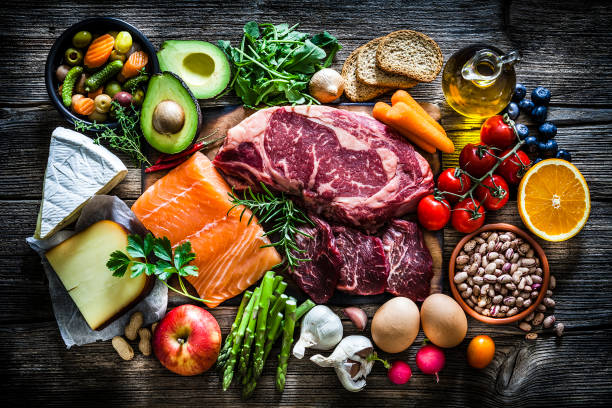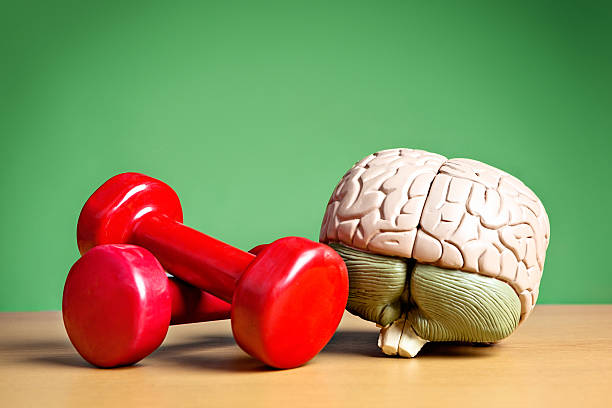As the first step to a an Ayurveda diet or lifestyle, even treatment; we should try to understand the concept of satmya (compatible). The word satmya is very close to the word satva or the mind. It means compatible.
Most of us know about the virrudhahaar concept of Ayurveda (compatible and non-compatible food combinations). But the concept of Satmya is more fundamental and crucial. Virrudhahaar is but a subset of satmya.
Satmya or Compatibility is the key to a balanced Ayurveda diet. and there are two types of satmya or compatibility factors that define the suitability of any food item or lifestyle factor for an individual –
- Manasic satmya – the mental compatibility
- Sharir satmya – the physical compatibility
Virrudhahaar or incompatible food combinations come under shariric satmya.
In this blog, let us focus on the manasic satmya or mental compatibility and show it affects our food/treatment choices.
Read our popular article - Eating Meat? Why a weak person should not eat meat!
Manasic satmya

As I always mention in my blogs, the mind is the most important factor. Our health or diseases first originate in the mind. After the mind accepts the disease, only then it gets transferred to the physical plane. And now I believe that it is true even in case of accidents. Supreme consciousness rules the world!
In Ayurveda, Satva or the mind type is a more important factor than even the body type. A stressed mind may reject a healthy diet or even medicines, whereas a happy and peaceful mind may heal the body without any external assistance. Placebo is strong proof of a mental impact on the body.
Therefore, the manasic satmya (mental acceptance or willingness) of a person concerning a food or lifestyle practice, is far more important than anything else.
Let’s explore this concept in details –
Satva

The mind has many names in Ayurveda. One of them is “satva”, which signifies purity or balance. Therefore, purity and peaceful balance is the natural state of the mind.
There are three types of primary mental constitutions –
- satvic – balanced
- rajasic – hyperactive
- tamasic – inactive
Also, Ayurveda considers panch kosha or the 5 layers of existence. The word kosha refers to the reserve or fund.
- anandamaya kosha – spiritual joy reserve
- vigyanmaya kosha – intellect reserve
- pranamaya kosha – life (breathe) reserve
- manomaya kosha – mind reserve
- annamaya kosha – food reserve
I will elaborate on these concepts in future blogs. However, for now, let’s discuss the first one – annamaya kosha. The food we eat makes this layer of existence.
Mind Creates Body

Vedic philosophy states that the lower kosha originates from the higher ones. So, manomaya kosha creates annamaya kosha. And therefore, we normally choose the food that reflects our mental constitution.
Let us take the example of a child in a toy store. If the child is a peaceful introvert, he may choose books or puzzles. Whereas if he is an active extrovert, he may choose sports equipment, gun, or darts. And there is nothing strictly wrong or right. A natural choice indicates the true path of internal growth.
On the other hand, if you are forced to eat something that you don’t agree with, it might trigger a negative placebo and undesired results.
The Harmful Effects of an Ayurveda Diet

let us look at some examples to understand this concept.
- Ayurveda may also prescribe nonvegetarian food, or animal-based food like honey, dairy, etc. as a part of a healthy diet. But, a committed vegan may not be able to accept these recommendations mentally.
- Traditional Hindu culture emphasizes vegetarianism. Therefore, the stress of eating non-vegetarian food will have toxic effects on a staunch Hindu.
- A Muslim might feel guilty and anxious about the use of medicated alcohol.
- I have also come across non-vegetarian people, who gave up meat due to ethical reasons. However, cravings for meat and lack of satisfaction made them sick, even when they were eating good food. A person recounted his experience in the following words “I felt alive again while eating chicken after a long time”.
A negative placebo might work against the efficacy of the medicine/diet and the vegan may receive no or negative result from the prescribed guidelines.
The bottom line is that your Ayurveda depends not only on your body but alos on your mind. You should not force yourself to eat anything that you don’t like, even if it is generally healthy.
The Mental Strength

But sometimes, you have to eat something that you might not like as a part of the treatment. Ayurvedic medicines and decoctions are not known for their yummy flavor. Most of them taste super-awful. Besides, there are tricky Ayurvedic therapies like Basti, Netra tarpan, etc.
What to do if you don’t like something really good for you?
Or if an exotic Ayurvdic herb or health supplement is not available in your location?
In such case, I normally look the mental strength of a person and decide accordingly. The focus is to keep the mind stress-free.
Ayurveda defines 3 types of mental strengths. All three types of mental prakrati – satvic, rajasic, or tamasic may have them.
Pravar satva (Strong mind)

This person may have a very strong will-power or a strong mind. He can control his mind and its reactions to physical stimulations. He may be able to easily tolerate painful conditions or follow a strict fasting / a bland Ayurvedic diet.
Madhyam satva (Medium mind)
This is a person with moderate willpower. They are normally balanced people with the concept – “summer is fine, if not too hot; winter is fine, if not too cold”.
Avar satva (Weak mind)

This is a person with very low will power. Such a person may have a very low tolerance for pain or any kind of physical discomfort. She may find it very difficult to adjust to healthy food if it is not tasty or easily accessible. She may also get stressed, doubtful, or scared easily.
Normally, children or people with a history of mental disorders (PTSD, phobia, depression, anxiety, etc.) may have avar satva. Traumatized people are normally prone to paranoia, i.e they may be overly health-conscious.
Role of Mental Strength

- So, if you have pravar satva, you will be able to comfortably tune your mind to an awful taste or a disgusting therapy.
- People with madhyam satva may respond to reason and their need to get cured. However, they may not follow a disagreeable recommendation unless extremely necessary. Unfortunately, if they are sick, they may reach a higher stage of the disease in the process.
- I am normally very careful with avar satva people. Stress has the most ruinous effect on health, and my first effort is to make them comfortable. Sometimes, I have to take a convoluted treatment route to keep them stress-free.
Conclusion
The mind is the most important factor in an ayurvedic diet, lifestyle, or treatment. But this does not mean that you can eat burgers and pizza every day! If you do, sooner or later, the physical reality of diseases will shake up a change in the mind.
The ideal approach is
- neither to force yourself into a disagreeable Ayurveda diet
- nor to continue with an agreeable unhealthy diet.
- but to chalk out a smooth transition from an unhealthy diet to Ayurveda diet or lifestyle, from avar stava to pravar satva, from tamasic to satvic mind!

Ayurveda offers a wide range of mental relaxants and sedatives that help to release stress. They may help you to cope with stress and choose the best Ayurveda diet and lifestyle.
However, the most important factor that can turn a tamasic/rajasic mind to satvic and a madhyam/avar mind to pravar satva is meditation. I have seen fabulous results of meditation in most of my patients. As an Ayurveda expert, my first health recommendation is always – meditation!
But, you may not like to sit quietly in one place. No problem, it is the same with me! you can try walking mindfulness or mantra meditation. There is even a concept of dance meditation. Meditation is not an activity. It is a state of mind.
We breathe, no matter what we do. Similarly, we can be mindful in all our activities. I hope this helps! thanks for reading.

